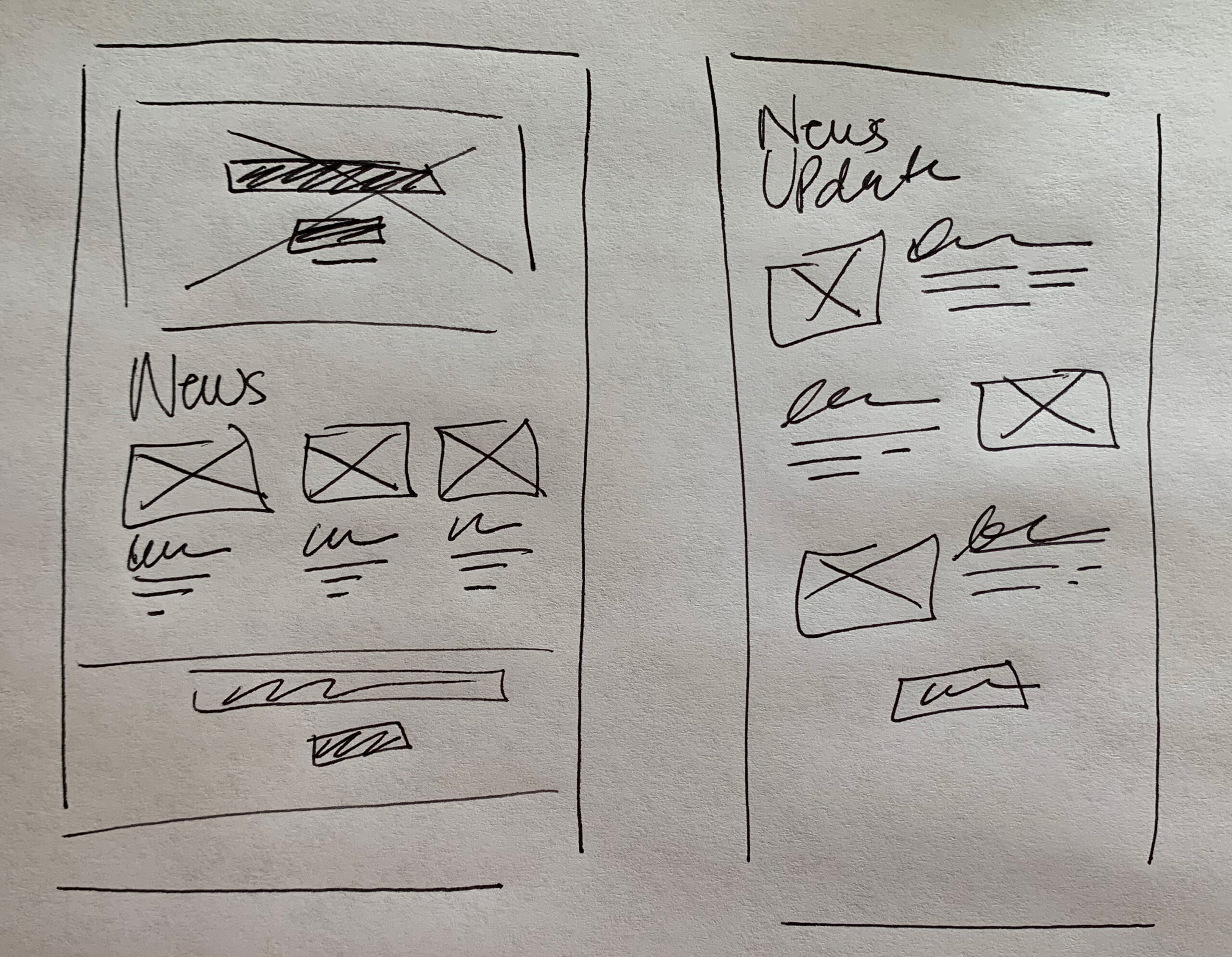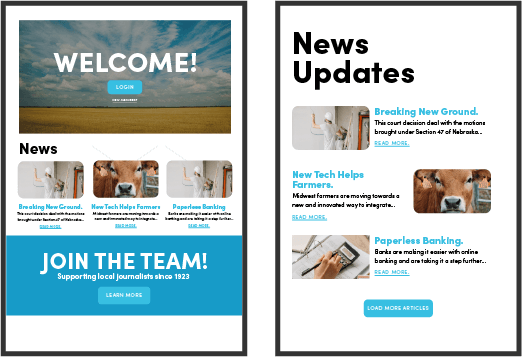Prototyping reduces project risk. When creating software, prototyping offers a way to test, evaluate, and visualize your idea. It’s the best way to see and interact with your application and features before developers write a single line of code. This gives clients the opportunity to identify any changes they would like to be made before the project even begins. You wouldn’t want to find out after months of costly developer time that the features don’t meet your expectations, so this step serves to prevent the loss of time and money. Rather than discovering months down the road that features don’t meet your expectations, this process helps prevent the loss of time and money by creating a clear roadmap from the start.
Types of Software Prototyping

Handmade Drawings &
Paper Wireframes
Although seemingly simple, a basic sketch on a piece of paper can help to visualize and construct more concrete ideas during those early meetings. The goal is not to come up with a final, polished design, but rather to clarify your ideas and make key decisions about what needs to be included in the initial project scope. This type of prototyping is most commonly used during initial discussions about the application.

Low Fidelity Design & Wireframes
Wireframes are a 2D outline of a software application. These are created by the development or design team and represent the initial concept of the product. Wireframes are similar to blueprints for a house. They are made using minimal styling, color, and graphic and offer a visual representation of the software. Wireframes focus on functionality, user flow, and how screens will interact with one another.

High Fidelity Design
The high fidelity designs provide an interactive set of linked visual screens that can mimic a working app. Users have the ability to interact with these screens by clicking buttons and moving from one screen to the next in order to test the functionality and a basic user experience. This provides a clear sense of what the final software will look and feel like, and does so in a stage that allows developers to make any needed changes early on before coding begins.
It’s important to begin any project with prototypes because they offer a way to test, validate, and iterate on designs early on in the development process. Even if you have a clear idea of how your software should look, this step allows you to incorporate feedback to ensure time and money are being spent on the right features from the start. The designs can also be an excellent way to communicate your vision to investors or your target audience. By sharing a working prototype, you can better explain the concept of your application and get others as excited as you are about the final product.
